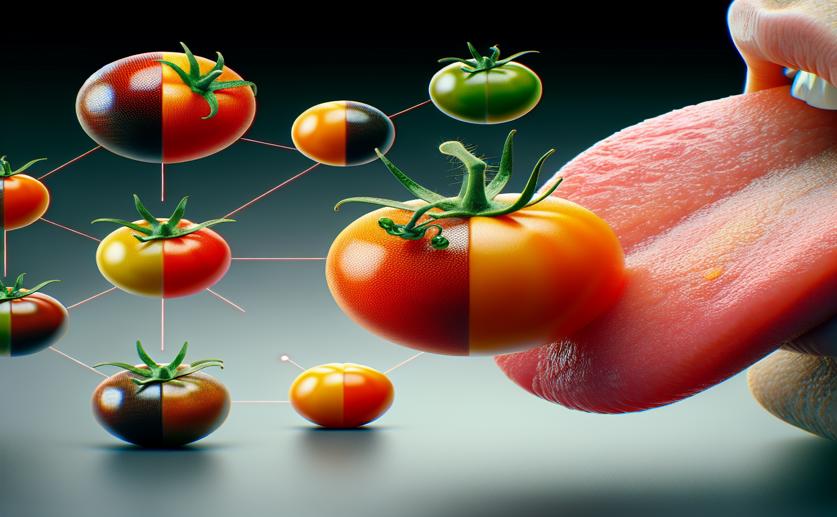
How Two Gene Interactions Affect Tomato Color and Sweetness
Phil Stevens
24th January, 2024

Image Source: Natural Science News, 2024
References
Main Study
1) The SlGRAS9-SlZHD17 transcriptional cascade regulates chlorophyll and carbohydrate metabolism contributing to fruit quality traits in tomato.
Published 23rd January, 2024
https://doi.org/10.1111/nph.19530



 21st January, 2024 | Greg Howard
21st January, 2024 | Greg Howard